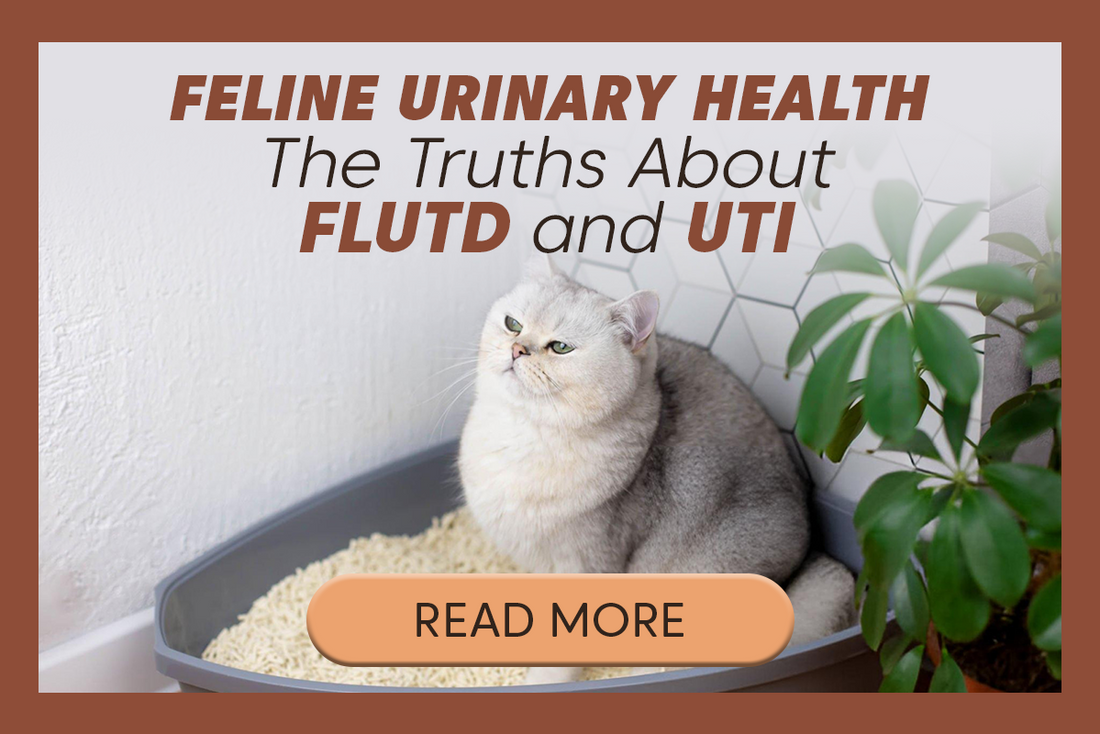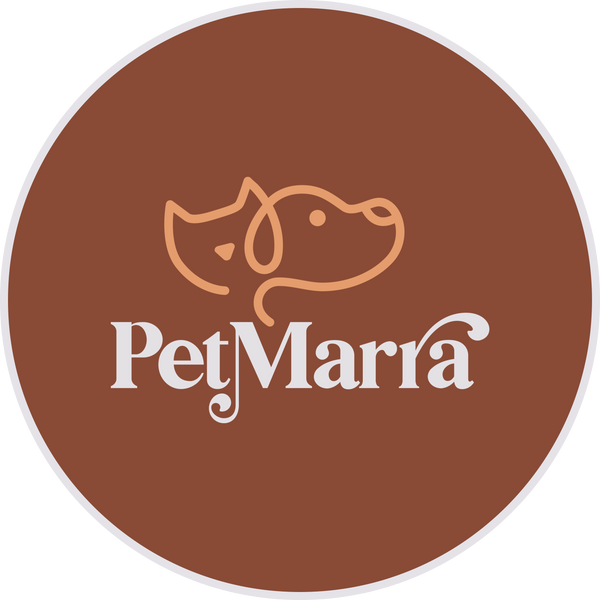
The Truth About FLUTD and UTI
Share
Feline Urinary Health: The Truth About FLUTD and UTI
By Ma. Adreanne Justine Navarro Co, DVM
I recently came across an update reel from one of the internet’s most beloved cats. She lives with a disability and is under one of the most trusted prescription urinary diets available and yet she still developed a UTI aka “Urinary Tract Disease.”
This may surprise some, but as a veterinarian, I can confidently say: yes, UTIs and FLUTD (Feline Lower Urinary Tract Disease) can still occur even with high-quality diets.
Why? Because food alone is not the only factor to cause such diseases.
Let me share another story from my personal clinic experience.
Moi-Moi is a 3-year-old male Persian cat. His family moved to a new home, and with this sudden environmental change, Moi-Moi became inappetent and started holding his pee. Eventually, he showed signs of straining and blood in his urine. Upon further diagnostics such as urinalysis, full blood test, ultrasonography and radiography , we found urinary crystals, which led to FLUTD.
We sedated and catheterized him, started medications, and thankfully, after three days of intensive care, he was able to urinate on his own again.
What do these stories tell us?
That FLUTD or UTI can happen anytime, anywhere even without obvious causes. In fact, many cases are idiopathic, meaning no direct cause can be identified.
What’s the Difference? between FLUTD vs. UTI
FLUTD is a broad term that refers to any disorder affecting the lower urinary tract in cats, this includes the bladder and urethra. It can be caused by bladder stones, urinary crystals, stress, urethral blockage, or infections. Some cases are idiopathic.
Feline UTI (Urinary Tract Infection) is just one possible cause of FLUTD. However, true UTIs are actually less common in cats, especially younger ones, and are more often seen in senior or immunocompromised cats.
Prevention Tips for Pet Parents:
- Water is one of your cat’s bestie – A cat's natural low thirst drive can worsen urinary conditions. Provide clean water and consider incorporating wet food. Change it every 2-3 hours better yet invest in a proper water filtration system for their water bowl.
- No to stress – Cats are creatures of habit. Sudden changes (like in Moi-Moi’s case) can trigger episodes. As well as loud noises.
- Litter box hygiene – Keep boxes clean and accessible. Cats may avoid dirty litter boxes, leading to urinary retention.
- MingMing, You and Your Vet : Dream Team – always be observant,Be your vet’s senses at home in monitoring your cat: Straining, frequent urination, or blood in urine update your Veterinarian and bring them for further assessment. You must be the dream team to protect our cats from these unwanted occurrences.
- Check the label – Your cat’s diet must be BAI certified and it should exceed AAFCO standards, Know your pet’ weight and activity level and follow the nutritional guidelines. The ingredients list must be direct to the point and should be free from unnecessary preservatives and additives.
Let’s not place blame, not on ourselves, not on the food, and definitely not on our cats. Instead, let’s focus on understanding, early detection, and prevention.
FLUTD is painful, yes. But with awareness and timely veterinary care, it is manageable and in most cases, our cats can live full, happy lives. Tandaan, Ang Aid ng inyong mga alaga, Dr. Aid Co always here to educate with a heart.
